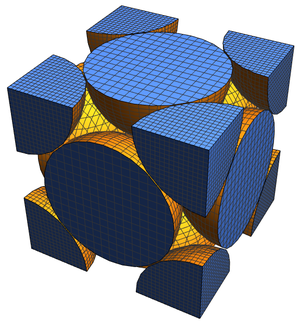Visualize Eponymous Surfaces
Many notable surfaces are named for mathematicians who investigated them. Here, the data in the "Surface" entity domain is used to visualize some such surfaces and their investigators simultaneously by texture-mapping the images of mathematicians on surfaces with which they are associated.
In total, the "Surface" entity domain contains data on more than 150 different surfaces.
A comprehensive list of properties is also available.
This example deals with the subset of surfaces that are named after mathematicians. As a first step to collating that set together with the various relevant properties associated with them, retrieve the entity object, parametric equations and associated people for all surfaces but retain the subset whose names explicitly end in "surface" and for which neither of the other two properties is undefined.
Here, formal variables (drawn as letters with an underdot such as a) are used to denote function slots in properties that depend on parameters. In some cases, properties depend on both variables and parameters and hence contain nested functions. The values at a particular parameter can then be made simply by substituting in, e.g. the following.
To the preceding dataset, add the base surface name and the last names of any associated people.
From these, retain the subset for which the intersection of surface name and associated people last names is non-empty.
Finally, select the surfaces having only a single associated person and for which an image is available.
The following three surfaces are then candidates for mapping.
The first surface stretches Catalan across multiple components. The second wraps Dini around multiple conical sheets. Happily, the third surface is just right, giving a nicely wrapped rendering of Giuseppe Peano.






















